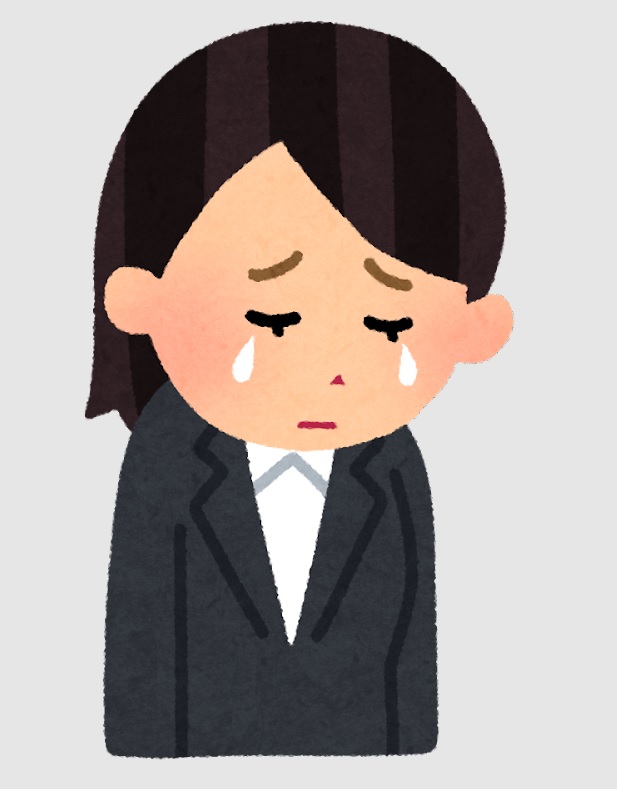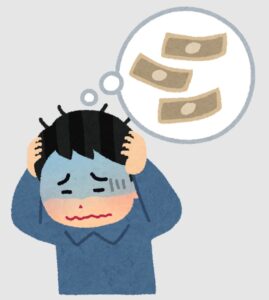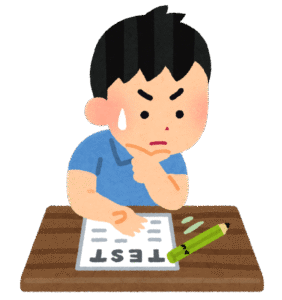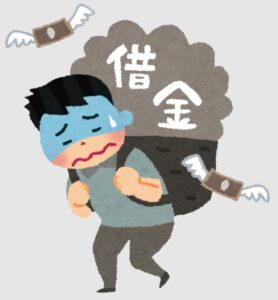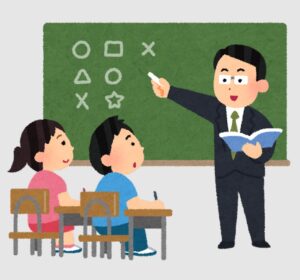管理人オススメコンテンツはこちら
「非常に悲しいトレンド|“退職金神話”崩壊!老後不安のサバイバル開始」
今日は【総論】
残酷な現実!
退職金をアテにした人生設計が時代遅れな理由
というお話しをします。
●退職金制度の3つのトレンド
退職金が20年前よりも
1千万円以上減っているという
ニュース記事が出て
話題になっていました。
厚生労働省が行なっている
『就労条件総合調査』によると
退職金の推移は以下の通りです。
1997年→2,871万円
2003年→2,499万円
2008年→2,280万円
2013年→1,941万円
2018年→1,788万円
見事な右肩下がりです。
ドンドン下がってる。
約20年間で
1千万円以上減ってるんですよ。
いまこんな状態なんですね。
今回のお話しでは
日本企業の退職金制度を
取り巻く現状というものを解説して
後半には
ドンドン右肩下がりのこんな状況で
どうやって資産形成していけばいいのか
具体的なヒントにも
触れていきたいと思いますので
最後まで読んで頂ければと思います。
退職金関係の話をすると
「いくらなんでも少なすぎる!
俺はもっともらえる!」
とか
「私はそんなにもらってない!」
とか
「退職金制度が有るだけマシだよ!
ほとんどの企業は
退職金なんて無いんだから!」
とか
色んな話を聞くんですけど
今回のお話では
私の周りではという
狭い話ではなくて
ちゃんとした
統計調査の数字を使っていいきます。
退職金制度のトレンドは
以下の3つです。
(1)退職金制度の有る企業は減ってきている
(2)年金形式で退職金を支払う企業は減ってきている
(3)退職金の支給額は減ってきている
という
3つとも労働者にとっては
非常に悲しいトレンドなんですよね。
なので順番に
まず現状をお話ししていきたいと思います。
(1)退職金制度の有る企業は減ってきている
2018年時点で
日本企業の5社のうち
4社は退職金制度を導入してるんですね。
退職金制度を導入している企業は78%
退職金制度を導入していない義業は22%
退職金制度を
導入していない企業というのは
1993年には
8%しかいなかったんですけど
2018年には22%に増えてる。
企業側としては
退職金制度なんて設けたくないし
作りたくないんですよ。
経営者になったつもりで
考えて欲しいんです。
毎年の利益を出し続けるだけでも
会社の経営って難しくて大変なのに
社員の20〜30年先に
支払う退職金も
確保しておかないといけない。
これって
かなりの負担だと思いませんか?
気持ち的にとか
「今まで頑張ってきたじゃないか!」
とか
従業員の気持ちは一旦置いておいて
会社の経営者の立場に立って
数字だけで考えた場合
来年の事でも
会社はわからない時代なのに
20〜30年先の事も考えて
確保しておかないといけないって
かなりの負担なんですよね。
右肩上がりの
イケイケ経済の時だったら
ともかくとして
これだけ
・変化
・競争
の激しい時代なので
退職金というのは
企業にとってみると負債なんですよね。
だからそんなものは
抱え込みたくないんですよ。
20〜30年先の事なんて
考えたくない。
抱え込みたくない。
だから
退職金制度を導入しないという企業も
増えてるんですよね。
〜〜〜つづく〜〜〜
Special Thanks college president Ryo.
●おまけ
≪≪perplexityちゃんによる文章まとめ≫≫
日本の退職金制度を巡る現状は非常に厳しく、時代遅れになりつつあります。
厚生労働省の調査では、退職金の支給額は1997年の2,871万円から2018年には1,788万円へと、20年で1,000万円以上も減少しました。
制度自体を導入しない企業も増加し、2018年には22%が退職金制度を設けていません。
変化と競争の激しい時代、退職金は企業にとって重い負担であり、今後も減少傾向が続くと考えられます。
退職金に依存した人生設計はもはや困難であり、個別に資産形成を考える必要があります。
- https://www.wtwco.com/ja-jp/insights/2025/07/trends-in-reform-of-retirement-benefit-systems-in-light-of-the-revision-of-the-pension-law
- https://kpmg.com/jp/ja/home/insights/2025/08/pension-law-amendment-2025.html
- https://jinji.jp/hrblog/14641/
- https://www.resonabank.co.jp/kojin/column/taishoku_unyo/column_0002.html
- https://jinjibu.jp/article/detl/moyamoya/3582/
- https://kumitateru.jp/media/topic/dc/R250107001
- https://www.mhlw.go.jp/toukei/list/11-23.html
≪≪Chat-GPTくんによる英訳≫≫
Today’s Topic: General Overview
The Harsh Reality!
Why Life Planning Based on Retirement Benefits Is Outdated
—
【Three Trends in Retirement Benefit Systems】
There was a news article recently that caused a stir, reporting that retirement benefits have decreased by more than 10 million yen compared to 20 years ago.
According to the Ministry of Health, Labour and Welfare’s Comprehensive Survey on Working Conditions, the changes in retirement benefits are as follows:
1997 → 28.71 million yen
2003 → 24.99 million yen
2008 → 22.80 million yen
2013 → 19.41 million yen
2018 → 17.88 million yen
It’s a clear downward trend.
They just keep dropping.
In about 20 years, retirement benefits have decreased by more than 10 million yen.
This is the current reality.
In today’s talk, I’ll explain the circumstances surrounding retirement benefit systems in Japanese companies.
And in the latter half, I’ll touch on specific hints about how to build assets in this declining situation.
So please read until the end.
—
When it comes to retirement benefits, I often hear things like:
“That’s way too low! I’ll definitely get more than that!”
“I didn’t get anywhere near that much!”
“At least there’s still a retirement benefit system! Most companies don’t even offer one anymore!”
There are all sorts of perspectives.
But in today’s discussion, I won’t be relying on personal anecdotes like “in my circle it’s like this.
Instead, I’ll use proper statistical data.
—
The three major trends in retirement benefit systems are:
1. The number of companies offering retirement benefits is decreasing.
2. Fewer companies are paying retirement benefits in the form of pensions.
3. The amount of retirement benefits paid out is decreasing.
All three of these are very unfortunate trends for workers.
So, let’s go through them one by one, starting with the current situation.
—
(1) The number of companies offering retirement benefits is decreasing
As of 2018, 4 out of 5 Japanese companies had a retirement benefit system in place.
Companies with a retirement benefit system: 78%
Companies without a retirement benefit system: 22%
Back in 1993, only 8% of companies did not offer retirement benefits.
But by 2018, that number had risen to 22%.
From a company’s perspective, they don’t want to create or maintain a retirement benefit system.
Put yourself in the shoes of a business owner.
Just maintaining annual profits is already difficult and demanding.
On top of that, they have to set aside funds to pay employees’ retirement benefits 20–30 years into the future.
Don’t you think that’s a huge burden?
Setting aside the emotional perspective of employees — like “I’ve worked so hard, I deserve it!” — let’s just look at the numbers from a management standpoint.
In today’s world, when companies can’t even predict what will happen next year, expecting them to plan and secure funds for 20–30 years ahead is a massive strain.
In the days of rapid economic growth, when everything was on the rise, maybe it was possible.
But now, in an era of constant change and intense competition, retirement benefits are essentially liabilities for companies.
Naturally, they don’t want to carry such burdens.
They don’t want to think about 20–30 years down the line.
They don’t want to be tied down.
And that’s why more companies are choosing not to implement retirement benefit systems at all.
Special Thanks OpenAI and Perplexity AI, Inc
